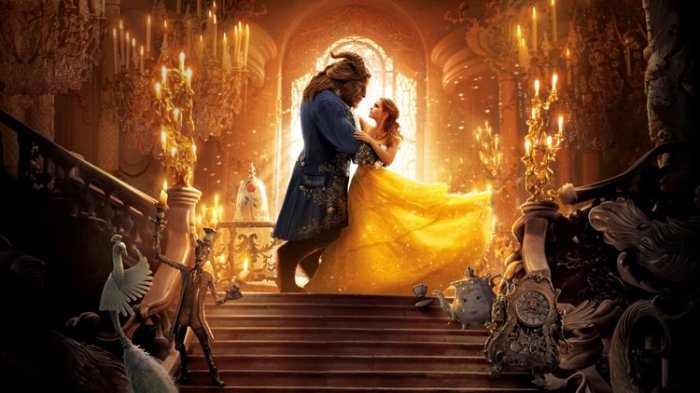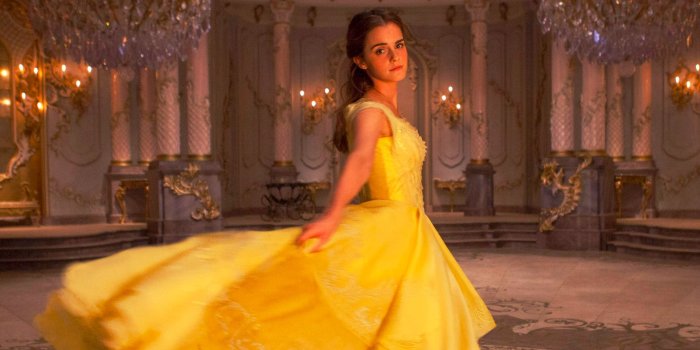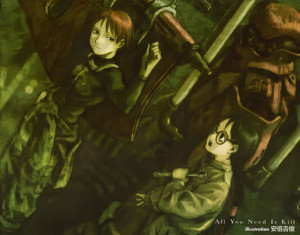 Beauty and the Beast is one of my favorite Broadway musicals – I especially liked Susan Egan singing Home and Terrence Mann singing If I Can’t Love Her – so I was a bit disappointed not to see these two songs in this year’s live action film. (Yes, there’s the new Beast song, Evermore, but it doesn’t sound as good.) But there are three things in the Beauty and the Beast live action film that more than make up for these.
Beauty and the Beast is one of my favorite Broadway musicals – I especially liked Susan Egan singing Home and Terrence Mann singing If I Can’t Love Her – so I was a bit disappointed not to see these two songs in this year’s live action film. (Yes, there’s the new Beast song, Evermore, but it doesn’t sound as good.) But there are three things in the Beauty and the Beast live action film that more than make up for these.
First: EMMA WATSON. She might not be able to sing like Susan Egan did, but she does have a lovely, innocent voice (yes, despite auto-tuning) to match her lovely face and body and, I would like to believe, her soul, too. If there’s any single reason why the live action film is better than the 1991 cartoon, it’s her. I’m glad she chose to be Belle instead of Mia (in La La Land), and I’m sure she’ll get her Oscar or BAFTA someday. At least she already has a Britannia Award, along with other fine actors like Tilda Swinton and Emily Blunt.
 Second: the dazzling cinematography, production design, costume design, and visual effects. It is in one or more of these categories that this $160-million film by Bill Condon (Dreamgirls) might bag an Oscar. Celine Dion’s How Does a Moment Last Forever might also win Best Song. [Update: Meanwhile, on April 13, 2017, the film joined 28 others that have earned $1 Billion at the box office. Can it surpass its fairy tale sibling, Frozen? As of July 1, it is only $32,000 behind.]
Second: the dazzling cinematography, production design, costume design, and visual effects. It is in one or more of these categories that this $160-million film by Bill Condon (Dreamgirls) might bag an Oscar. Celine Dion’s How Does a Moment Last Forever might also win Best Song. [Update: Meanwhile, on April 13, 2017, the film joined 28 others that have earned $1 Billion at the box office. Can it surpass its fairy tale sibling, Frozen? As of July 1, it is only $32,000 behind.]
Third: the great ensembles. There’s the “castle ensemble” including Emma Thompson (Mrs. Potts, who sings Beauty and the Beast), Ian McKellen (Cogsworth), Ewan McGregor (Lumiere, who sings Be Our Guest), Audra McDonald (Madame Garderobe), and Stanley Tucci (Maestro Cadenza) singing, for example, the Beauty and the Beast Finale (but sadly they did not sing Human Again); and the “village ensemble” including Luke Evans (Gaston) and Josh Gad (LeFou) singing, for example, Gaston or Belle.
A lot of people have of course compared the 2017 live action film against the 1991 animated film, and pointed out that the singing in the latter is superior. I agree (but the singing in the Broadway musical soundtrack is even better), but the 1991 film did not have a live, beautiful Belle, dazzling cinematography and design, and great actor-singer ensembles.

Thanks to Alex Zamora for treating me to the musical long ago! 🙂











